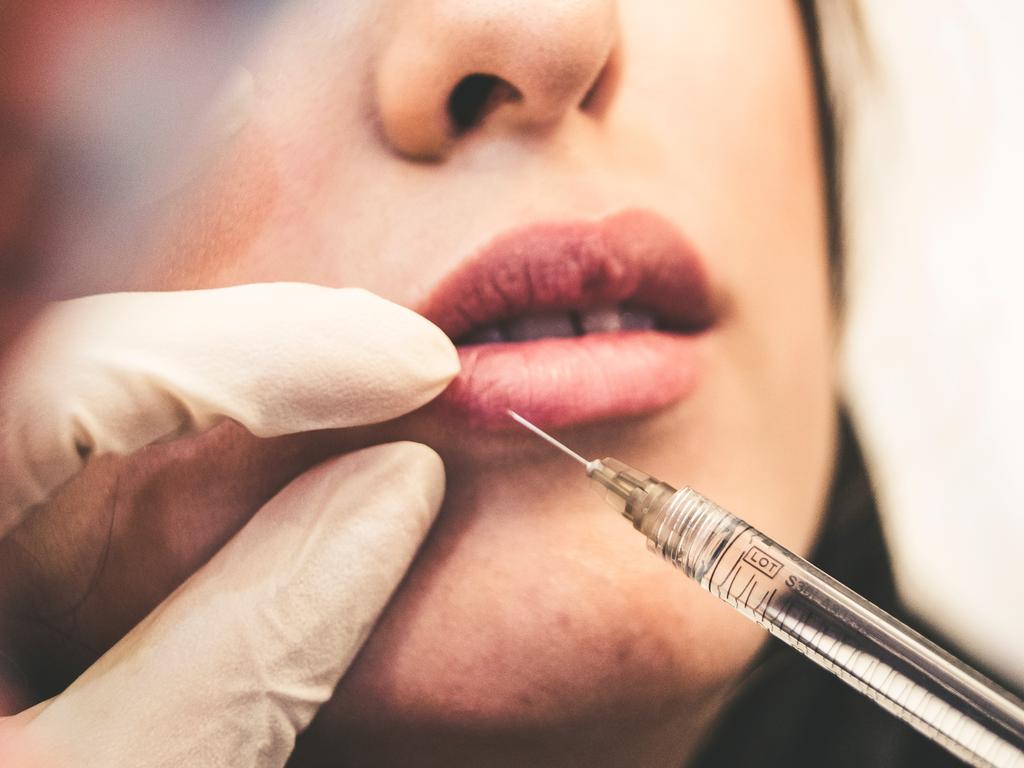
Dermal fillers refer to substances placed under the skin's surface to remove deep wrinkles, or to help produce fullness in the face or lips. Since these first became available, several types have been developed. The original filler was an animal-based collagen. Next came fat transfers, in which fat cells (adipocytes) are removed by liposuction and transferred to desired areas, such as the back of the hand. Then, the hyaluronic acid fillers were developed, and finally came the plastic, semi-permanent fillers.
Getting the result you want requires some skill by the provider. Dr. Selvey is very skillful.
Dermal fillers plump out deeper wrinkles and add fullness where desired. The most common areas include the lips, cheeks, chin, and jawline.
Fillers are also used to provide fullness to the vaginal labia and to the shaft of the penis. Sometimes, a thicker filler is used to provide fullness to breast tissue.
Any pain associated with adding a dermal filler is usually effectively eliminated with a numbing agent or even an ice pack. Any pain is very short-lived.
Treatment with a dermal filler is not a good option if you: